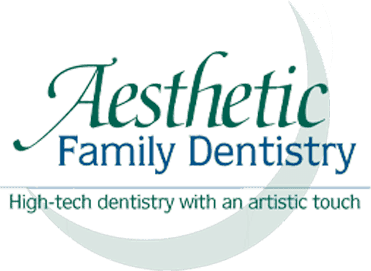Your teeth and toothpaste are simply mint for each other! A healthy smile is a happy smile, which is one of many reasons why it’s so important to maintain adequate dental health. It’s as simple as brushing and flossing your teeth after meals, right? Not quite.
While brushing is vital, it’s also necessary to use the right toothpaste with safe ingredients. The majority of toothpastes contain fluoride, abrasives, and detergents. These chemicals are great for keeping your pearly whites pearly white, but they also come with certain risks if your toothpaste contains levels that are too high.
Fluoride
Fluoride is a chemical found naturally when fluorine combines with minerals. It can be found in soil, some foods, and even in teeth and bones. This chemical is added to toothpaste because it helps to combat tooth decay by replacing essential minerals that are lost in decaying teeth over time to strengthen tooth enamel. However, too much of a good thing is rarely a good thing. Excessive fluoride can cause health issues such as skeletal fluorosis, thyroid complications, fluoride poisoning, or neurological problems.
So exactly how much fluoride is safe? According to the Environmental Protection Agency, two parts per milliliter (2ppm) is beneficial, and 4ppm is the limit. Any more than that is unsafe to use on your chompers and should be reported to the EPA.
Detergents
Detergents, also known as foaming agents, are used to effectively remove unwanted compounds like oil from your teeth without allowing the toothpaste to liquify. One of the most common detergents is called sodium lauryl sulfate (SLS). However, this ingredient has been reported to cause canker sores for some people. If you have frequent canker sores, look for “SLS free” toothpaste. The NIH states that otherwise, toothpaste containing SLS does not pose a serious threat to human health as long as it is “properly formulated and qualified” and is not introduced to young children with developing teeth.
Abrasives
Sometimes it’s beneficial to have an abrasive side; just one side. When it comes to your teeth, the same concept applies. Abrasives cut through plaque, tartar, and stains. Frequently used abrasives include baking soda, alumina, hydrated silica, and calcium carbonate. While these ingredients are powerful cleansers, too much abrasiveness can cause yellowing and tooth sensitivity due to consequential enamel damage.
In the majority of cases, whitening toothpastes are more likely to be particularly abrasive. However, the best way to discern whether a toothpaste is too abrasive is to look for the American Dental Association (ADA) seal of approval, or to check the RDA (Relative Dentin Abrasivity). Toothpastes cannot receive the ADA seal of approval unless the RDA level is 250 or less.
In conclusion, when you look at your toothpaste label, be sure to check the fluoride level and ensure that the product has the American Dental Association seal of approval. Also, remember to be mindful of whether or not your smile needs SLS free toothpaste. Consult your dentist for brand suggestions that are even more tailored to the specific needs of your teeth. Happy brushing!


